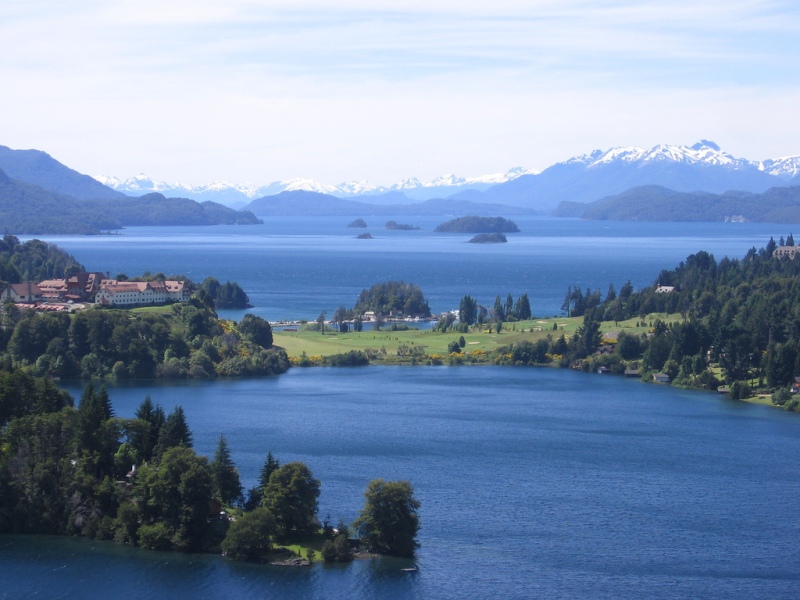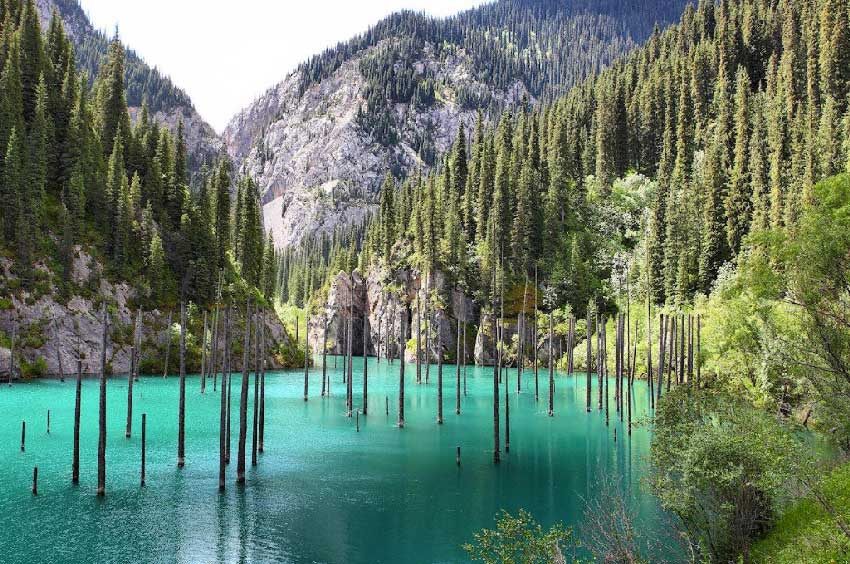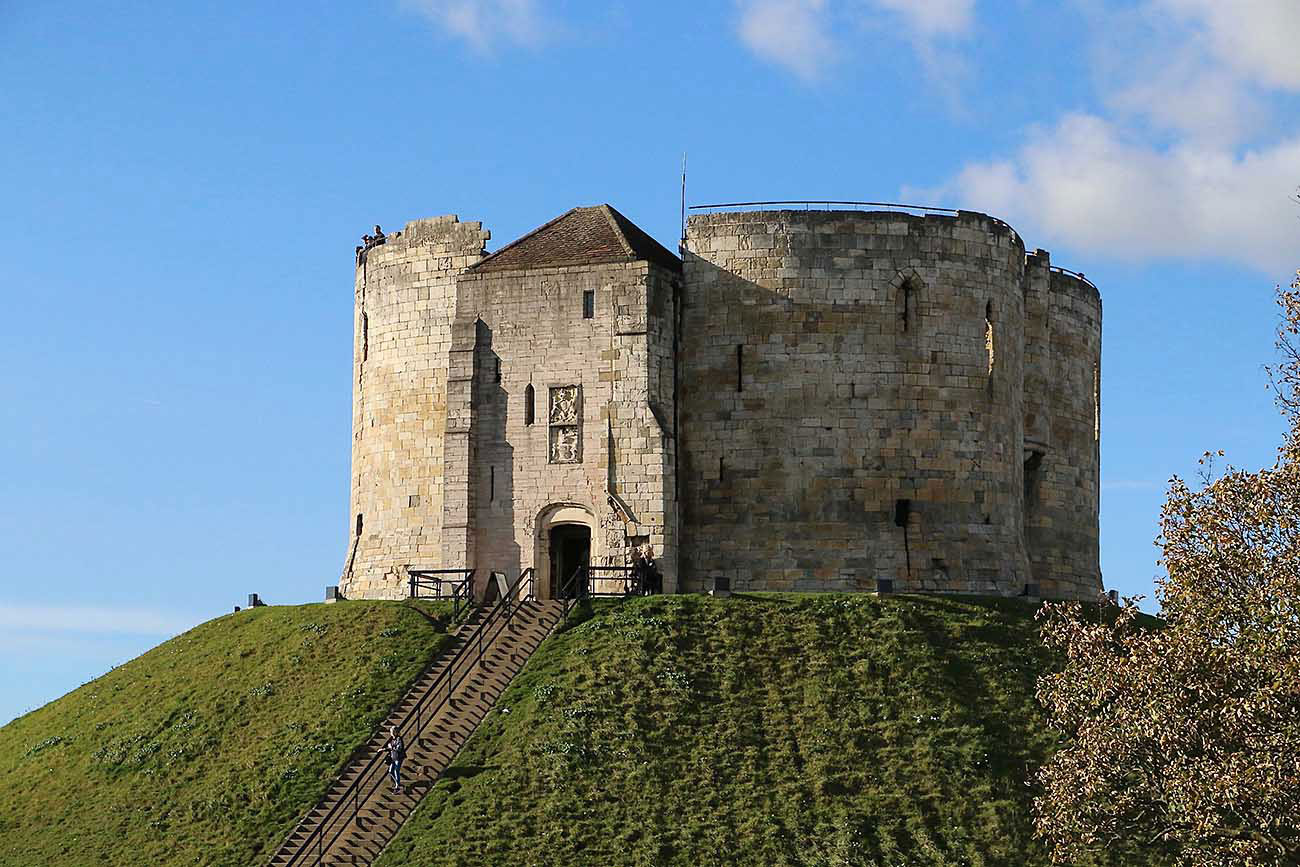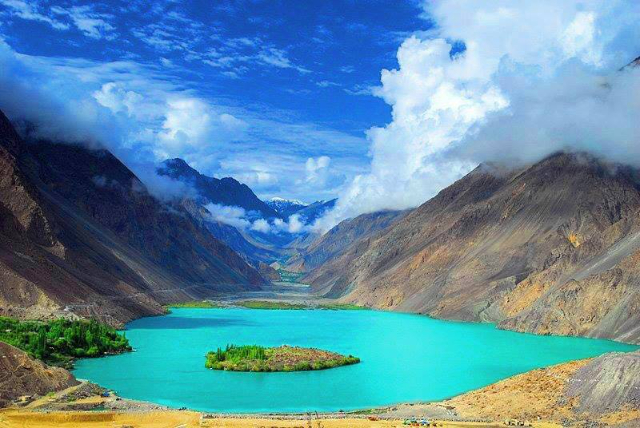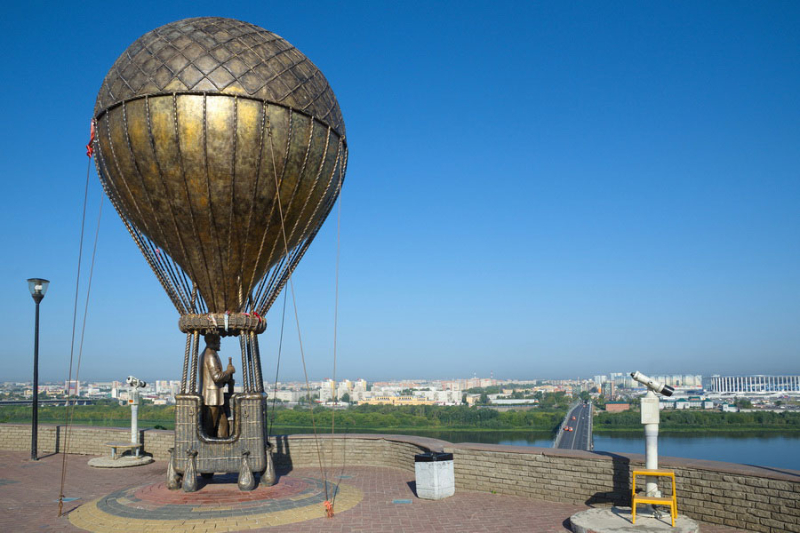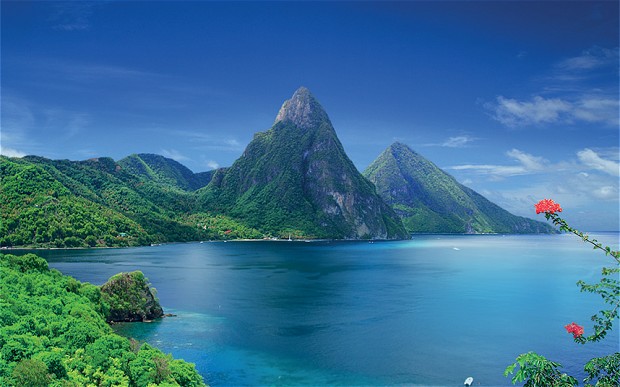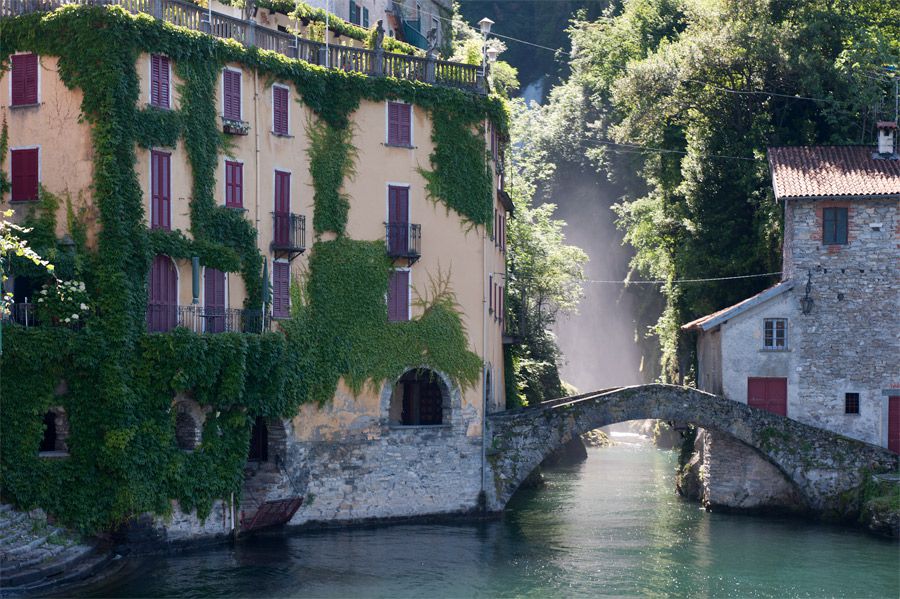North-western Patagonia, a thousand metres high at the foot of the Andes, is where San Carlos de Bariloche, also known as Bariloche, stands. The name derives from the expression Mapuche Vuriloche, which means people who live behind the mountain.
The city was founded by Italians, Austrians and Germans who left for the American continent and until 1934 the settlement remained small, but with the arrival of the railway the city began to grow and assume its definitive physiognomy. The centre of Bariloche is the beating heart of the city, always active and full of shops. The city architecture is the colonial one adapted to the places, with roofs with very sloping pitches that serve to make the snow slide, and stone to complete the covering in wood of the buildings. The buildings of considerable importance here present date back to 1930, among them there are the Civic Center which includes the police station and and customs, theater, library and museum, and then the Cathedral. The main street is Avenida Bustillo, parallel to the Nahuel Huapi Lake.
The city is known for its ski resorts, which are rare and famous throughout South America. The excellent lifts serve many kilometers of slopes and have earned Bariloche the nickname of Saint Moritz of Argentina.
The lifts are an important economic resource for the city, which boasts a considerable prosperity among the inhabitants. The Nahuel Hapi National Park, the oldest nature reserve in Argentina, is one of the most beautiful natural attractions in the city. The park is famous for the Nahuel Huapi Lake, surrounded by high snowy mountains among which the cerro Tronador stands out, and the numerous rivers and lakes. Other attractions are the island Huemul, famous for fishing, and the lakes Guitierrez and Mascardi, high beaches Villa Tacul and Playa Bonita, very popular especially in summer, although the water temperature of the lake is always around 14 degrees.
